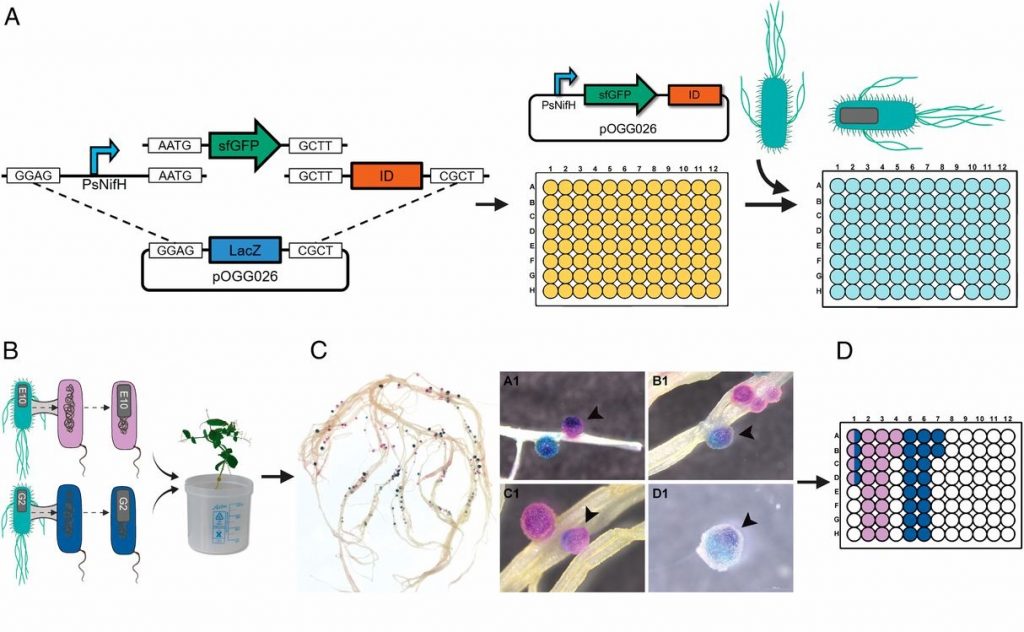
A molecular toolkit for screening elite rhizobia (PNAS)
Plant Science Research WeeklyN2-fixing rhizobia bacteria are able to establish symbiotic interactions with legumes in specialized organs called root nodules. Identifying elite rhizobia that are both competitive for nodule occupancy and effective in N2 fixation in agricultural environments is crucial for maximizing the yield of legumes.…
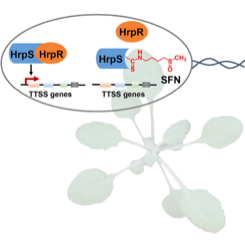
A plant secondary metabolite selectively targets bacterial pathogenicity (Cell Host Microbe)
Plant Science Research WeeklyPlants have a variety of secondary metabolites that are associated with defense against pathogens, but the mode of action of such metabolites is poorly understood. Wang et al. revealed that the Arabidopsis secondary metabolite sulforaphane (SFN), which is derived from aliphatic glucosinolate, suppresses…
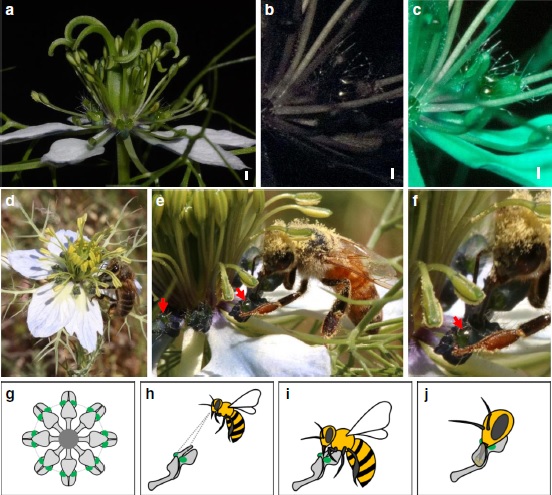
Morphology, molecular development and ecological function of pseudonectaries on Nigella damascena petals (Nature Comms)
Plant Science Research WeeklyPseudonectaries do not secrete nectar like nectaries. So, what are their ecological functions? Are there any morphological and anatomical differences between them and true nectaries? How do they develop and evolve? Liao et al. examined pseudonectaries of Nigella damascene to answer these questions. The…
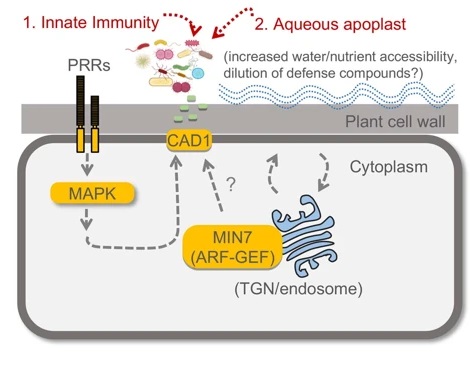
How plants keep their microbiota healthy (Nature)
Plant Science Research WeeklyThe large apoplastic intercellular space of plant leaves creates nutrient-rich niches for microbial colonization. To date, whether and how plants control the composition of leaf microbiota is poorly understood. Chen et al. reported that the Arabidopsis quadruple mutant (min7fls2efrcerk1 or mfec)…
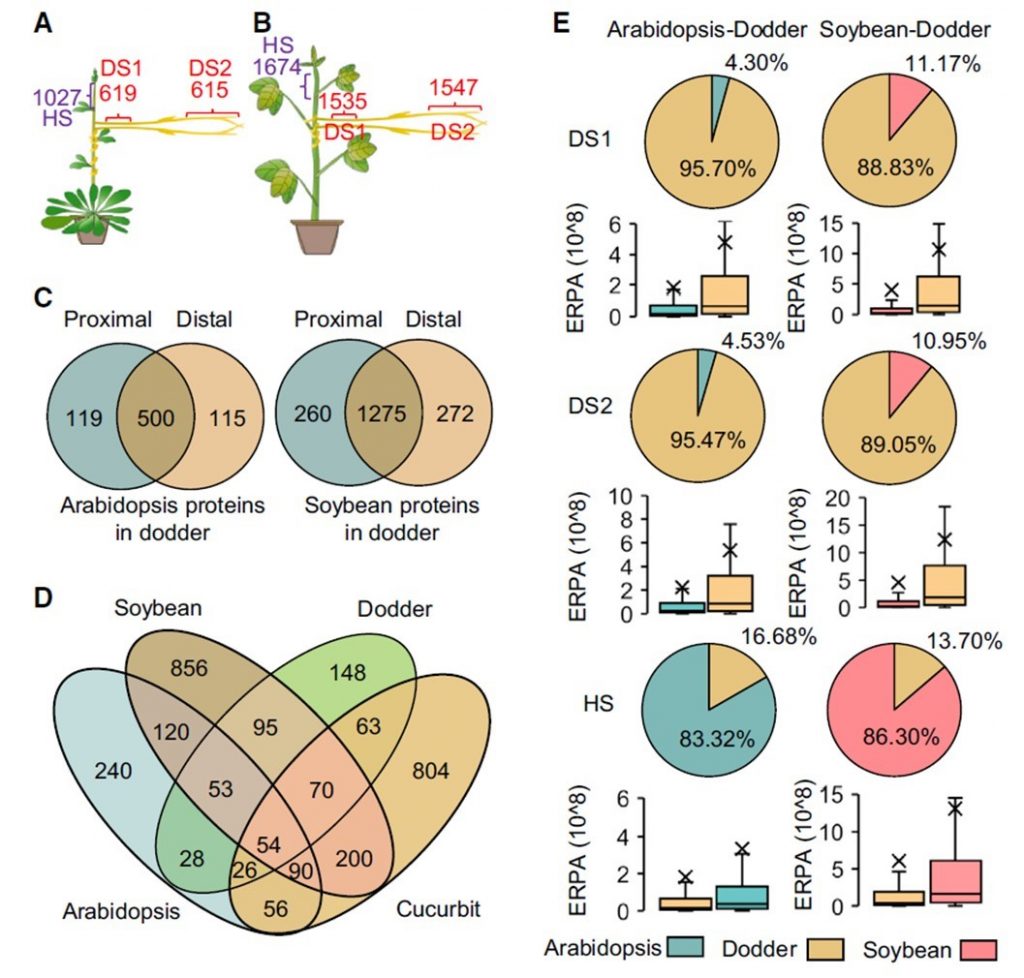
Extensive inter-plant protein transfer between Cuscuta parasites and their host plants (Mol. Plant)
Plant Science Research WeeklyCuscuta (dodders) are parasites that survive on other host plants.Liu et al. found more than 1500 proteins are transferred between Cucuta and host plants forming a sort of interplant chemical communication. Furthermore, proteins could move between two hosts that are connected by dodder bridges, and retain…
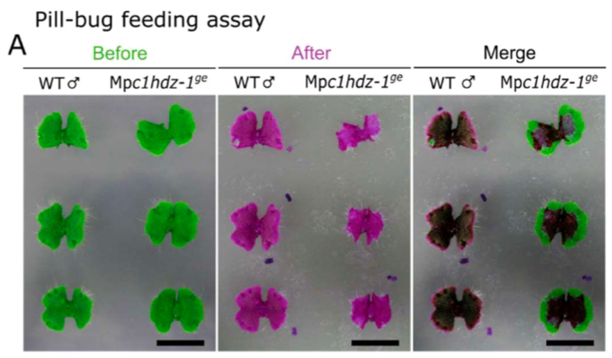
How Marchantia polymorpha avoids bug bites (bioRxiv)
Plant Science Research WeeklyPlants took hundreds of million years to evolve from aquatic to land environments. Biotic and abiotic stress adaptation contributed to the transition. In this preprint, Romani et al. elucidated functions of the transcription factor CLASS I HOMEODOMAIN LEUCINE-ZIPPER (C1HDZ) in the early land plant Marchantia…

Review: How mycorrhizal associations drive plant population and community biology ($) (Science)
Plant Science Research WeeklyGreat strides have been made in discovering the molecular players that allow plants and mycorrhizal fungi to establish their symbiosis. Here, Tedersoo et al. look beyond the single plant and address how these associations affect plant communities. Notably, they review the functions of the four evolutionarily…
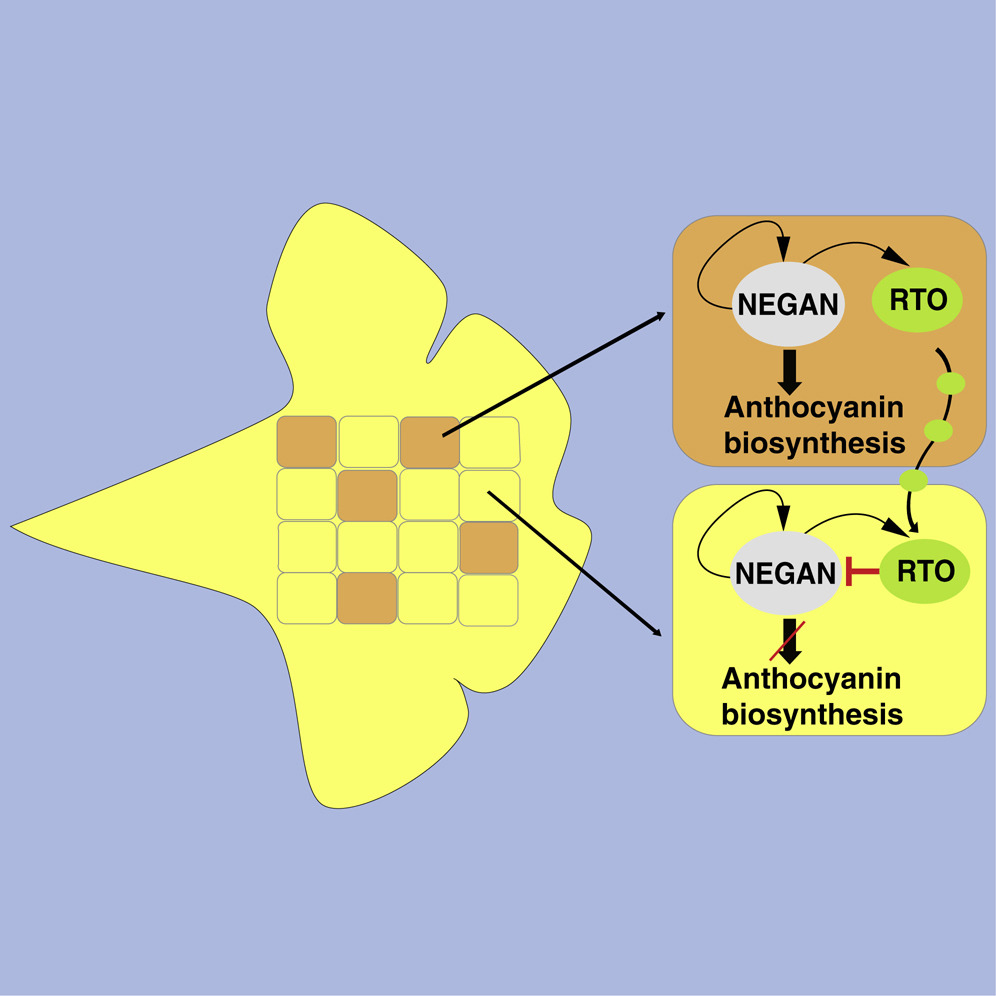
Two MYB proteins in a self-organizing activator-inhibitor system produce spotted pigmentation patterns (Curr. Biol.)
Plant Science Research WeeklyThe questions of how patterns are formed is one of the oldest in biology, and even considered by the famous mathematician Alan Turing, who proposed that reaction-diffusion (RD) models underly de novo pattern formation. Briefly, a reaction that takes place in one place sends a signal that leads to a different…
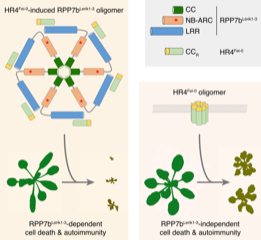
Hybrid autoimmunity and a plant resistosome complex ($) (Cell Host Microbe)
Plant Science Research WeeklyHybrid necrosis occurs when the progeny of a cross between two different plants show widespread cell death. It can be caused by autoactivation of nucleotide-binding and leucine rich repeat domain (NLR) proteins, intracellular immune receptors that play a central role in plant resistance to diverse pathogens.…

